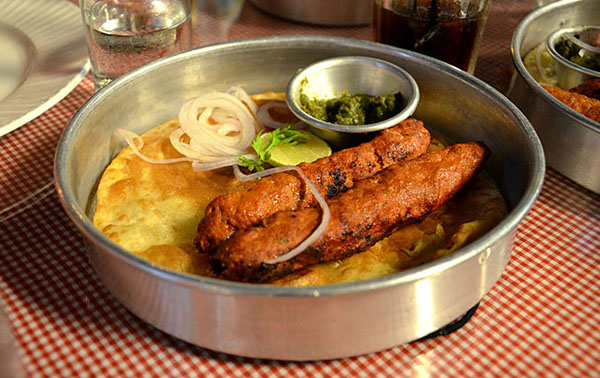The history of Parsi cuisine is rooted in the migration of the Parsi people from Persia to the Indian subcontinent, particularly India and Pakistan. This culinary tradition evolved over centuries, blending Persian, Indian, and British influences to create a unique gastronomic heritage.
The Parsis settled on the west coast of India, bringing with them a rich array of flavors, spices, and cooking techniques that reflected their Persian heritage. Over time, the cuisine incorporated local ingredients like fish, stews, meats, dry fruits, and nuts, adapting to the coastal environment and embracing European influences from colonial India. From traditional favorites like Dhansak and Patra ni Machhi to European-inspired desserts like Lagan nu Custard, Parsi cuisine embodies a blend of flavors that tell the story of a community’s journey through history and cultural exchange.
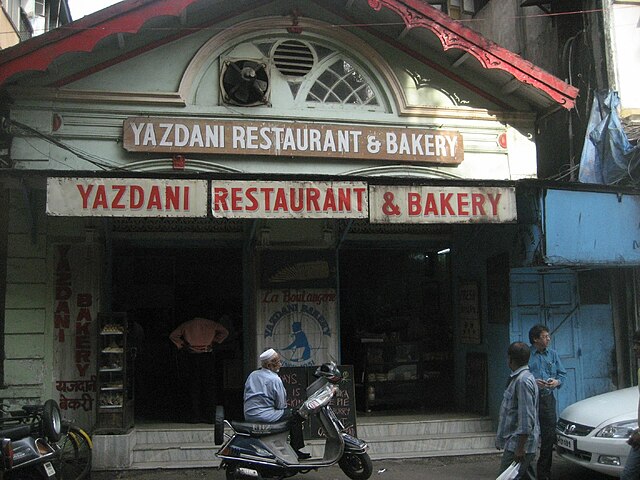
A Fusion Feast: The cornerstone of Parsi cuisine lies in its inherent multiplicity. Dishes like Salli Boti, aromatic mutton simmered in a tangy, tomato-based gravy, showcase the influence of Indian spices and the Parsi fondness for sweet and sour notes. In contrast, Patra ni Macchi, fish steamed in banana leaves with a fragrant green masala, whispers tales of Persia’s love for delicate flavors and seafood.
Everyday Staples and Ritualistic Feasts: Food is central to the Parsi way of life. Breakfasts often feature Akuri, a rich scrambled egg dish seasoned with tomatoes and onions, or Bun Maska, a simple yet delightful combination of soft bread and creamy butter. Lunch is a simple affair, and revolves around Dal (“lentils”) and Rice, often accompanied by a vegetable curry. The fondness of eggs in meals is such in the community, that there is a running joke about how Parsis add an egg on top of everything they cook. Dinners are more elaborate, featuring meat dishes like Dhansak, a lentil and meat stew redolent with spices, or Sali Chicken, chicken cooked with shredded potatoes. Community eating goes beyond festivals and occasions. Every fortnight, to a month, Parsi communities in their formalised associations gather for a community dinner and a party. In Gujarat, these gatherings are called gambhars. Every Parsi celebration, from Navroz (New Year) to weddings, boasts a special feast, each with its own set of iconic dishes, the aroma of freshly baked Mawa Cake, a semolina cake rich with milk solids and nuts, filling the air. While cake is more well-known there is an elusive and elaborate biscuit baking culture among Parsis. From khatais to batasas, several batches are made at home with care, to share.
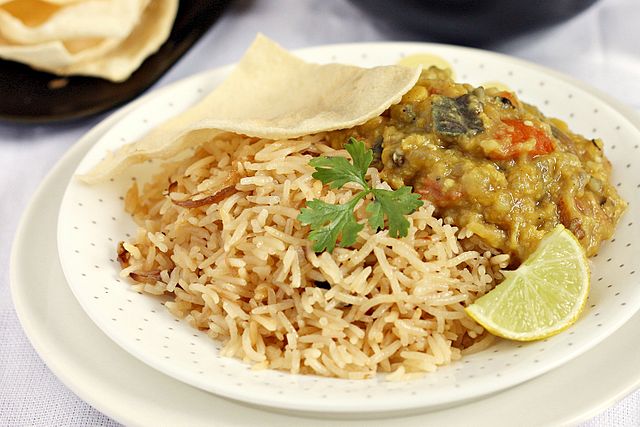
More Than Just a Meal: Parsi cuisine serves as a powerful symbol of community and identity but one born out of migration and the confluence of traditions brought and new ones received. The sharing of meals fosters a sense of belonging, reinforcing social bonds and passing down traditions. It is a cuisine born out of adapting to the realities of times and circumstances faced by the first generation, and modified by the next. It makes one question the value we tend to assign to authenticity as so much of the food we eat today and cuisines like this, are born not from clinging to the known but embracing the new and creating something unique, and distinct out of it.
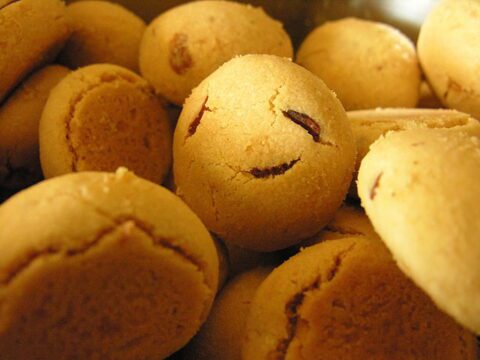
A Fight for Survival: The Parsi community is responsible for the many iconic Iranian cafes that Bombay is famous for. However, numbers have dwindled in recent times, posing a threat to the preservation of their heritage along with the businesses that have been institutions in old cities. Younger generations are trying to preserve the culture and the food with initiatives like Parsi food festivals and cookbooks aiming to keep these culinary gems alive. Some movies that explore these complexities are films like Maska (2020) and Little Zizou (2008). Other films to consider to learn more about the culture are Pestonjee (1987), Such a Long Journey (1998), and Khatta Meetha (1978).
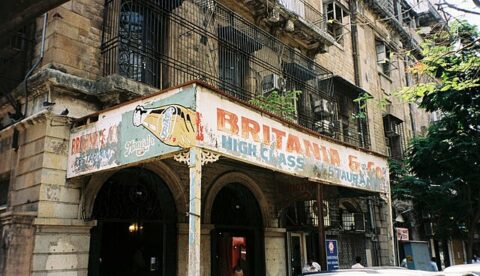
The Parsi community offers valuable lessons for anyone seeking to preserve their culinary heritage. Their ability to adapt while retaining core traditions provides a blueprint for cultural continuity in a globalized world. Their emphasis on family meals and shared experiences serves as a reminder of the power of food to connect us. The future of Parsi cuisine hinges on a collective effort. Restaurants like Soda Bottle Opener Wala (a pan-India chain) with Parsi specialties can introduce these flavors to a wider audience. Food bloggers and enthusiasts can document recipes and share stories. Most importantly, families can continue to gather around the dinner table, ensuring that the legacy of Parsi cuisine is savored for generations to come. By embracing Parsi cuisine, we not only embark on a delicious culinary adventure but also celebrate the enduring spirit of a community that has found solace and strength in the warmth of a shared meal.
By – Sulagna Maitra
Sources:
- Parsi Cuisine: A Blend of Persian and Indian
- The Unique Culinary Heritage of the Parsi Community
- Preserving Parsi Culinary Traditions for Future Generations
- https://www.dellaadventure.com/blog/parsi-cuisine-evolution-influences/
- https://hindustantimes.com/more-lifestyle/the-melting-pot-the-evolution-of-parsi-cuisine/story-T7uFW6pKAJ36olwTGh8B3L.html
- https://www.slurrp.com/article/unraveling-the-cultural-significance-of-parsi-food-1689092840416
